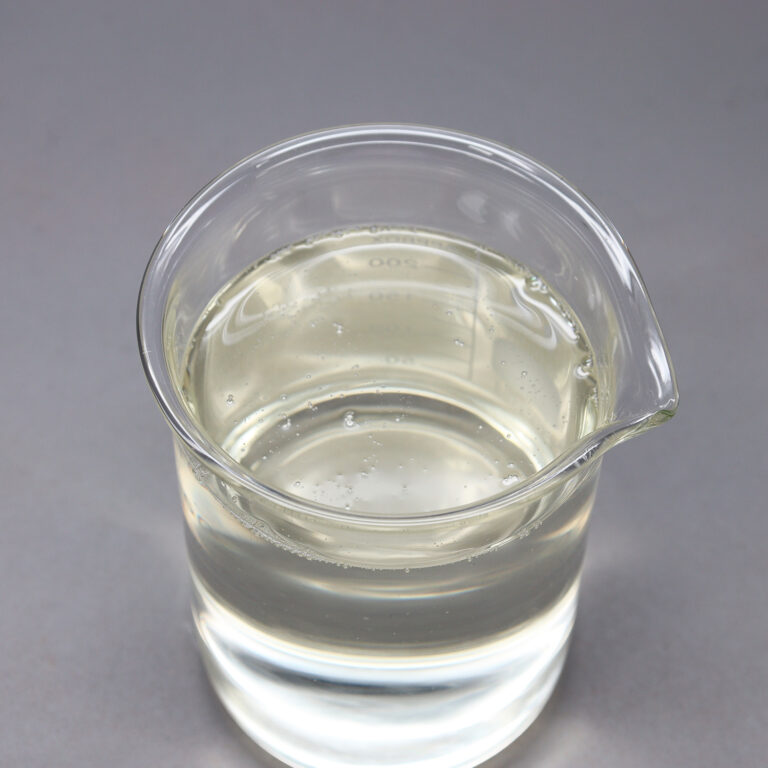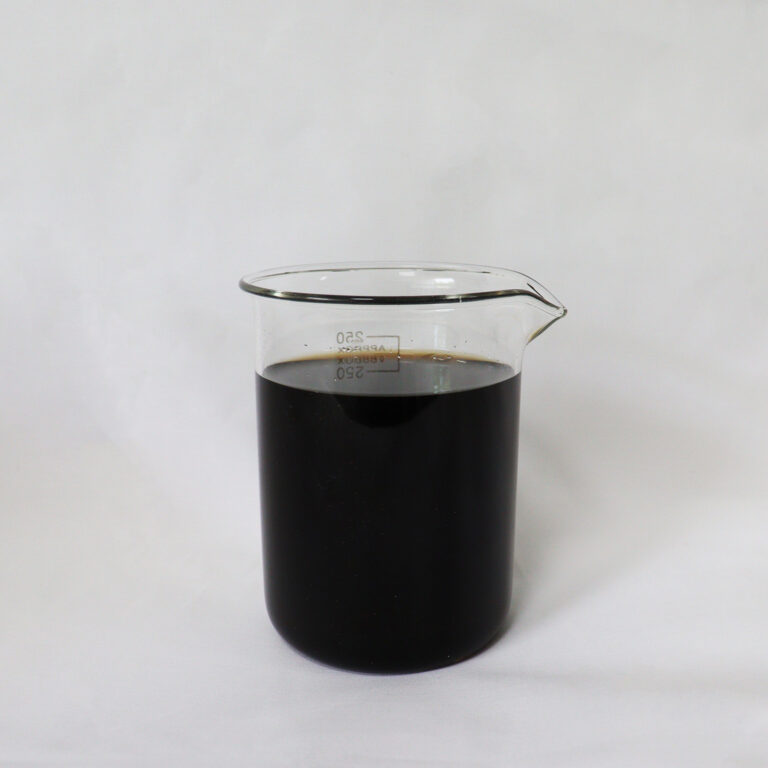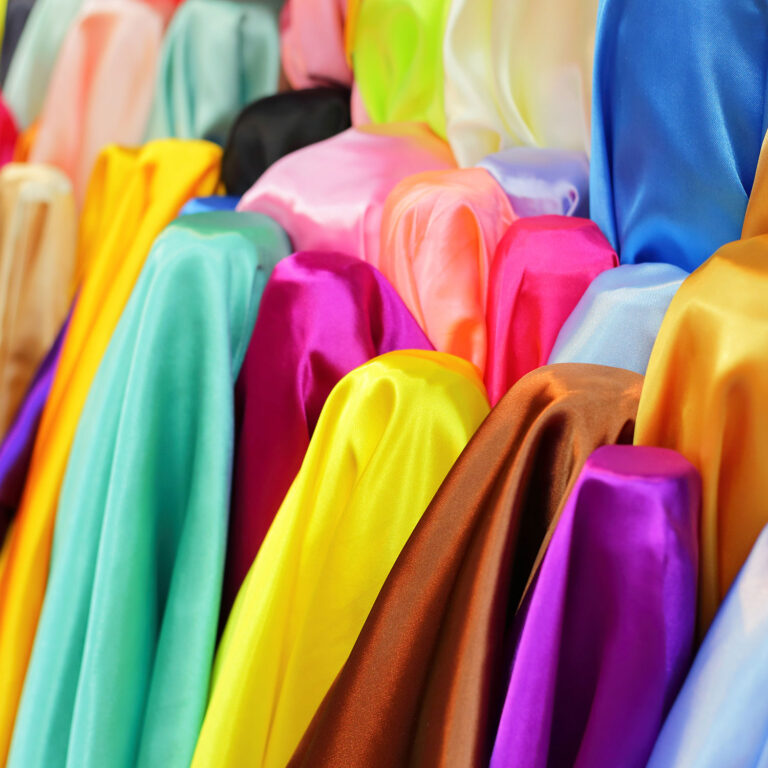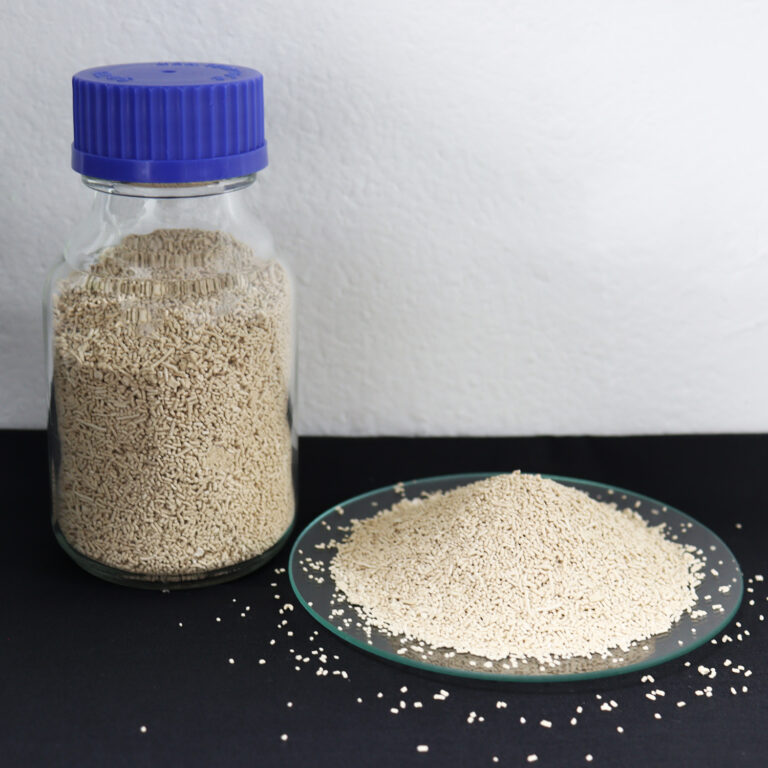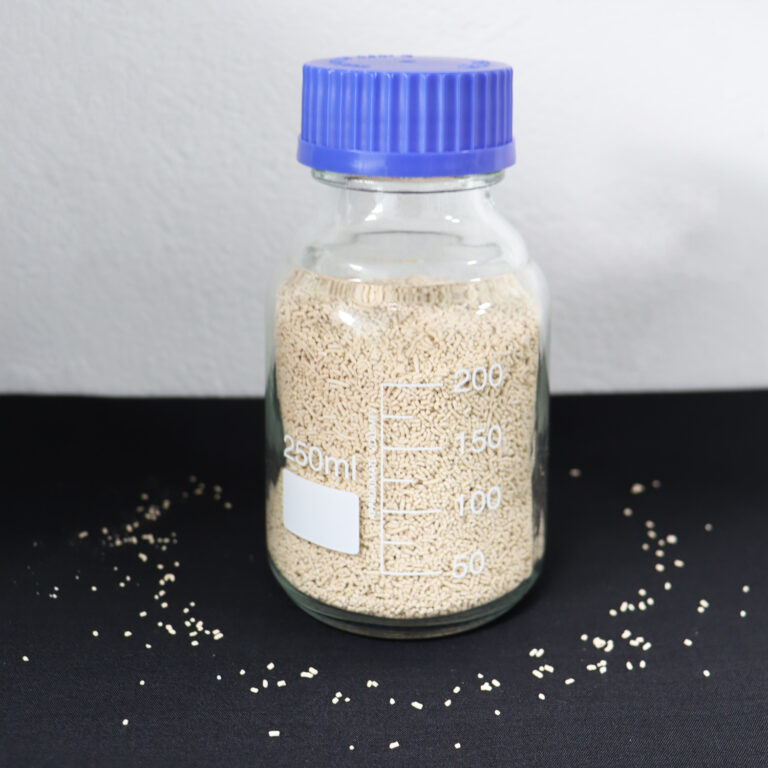Choosing the right silicone softener is critical for achieving premium hand feel, efficient production, and long-lasting textile performance. Whether you’re a textile mill, garment factory, or an international importer, asking the right questions before making a purchasing decision can save you time, money, and rework. This article outlines the top five questions to ask your silicone softener supplier to ensure the product meets your technical and commercial needs.
1. What Types of Silicone Softeners Do You Offer?
Silicone softeners come in various forms: amino silicone softeners, hydrophilic softeners, macro and micro emulsions, silicone softener beads, and flakes. Each type is formulated for different textile properties, such as softness, smoothness, elasticity, or moisture absorbency. For example:
- Amino silicone softeners are ideal for a silky-smooth hand feel on cotton or polyester.
- Hydrophilic silicone softeners are better suited for towels, sportswear, and functional textiles that require absorbency.
- Silicone softener beads offer stability and long shelf life for easy storage and transport.
Understanding what’s available helps you match the product to your specific fabric and finishing process.
2. Is the Softener Compatible with My Fabrics and Dyeing Process?
Compatibility is crucial when working with various fabric types such as cotton, polyester, rayon, or blended yarns. Some silicone softeners may interfere with dye uptake or affect color fastness, particularly in garment dyeing. Ask if the product:
- Works in both acidic and alkaline environments
- Can be used after reactive, disperse, or direct dyeing
- Has been tested on your fabric type (e.g., cotton/poly blends)
Testing compatibility in advance helps avoid issues like patchiness or yellowing during finishing.
3. What Is the Active Content and Recommended Dosage?
High-concentration silicone softeners (e.g., 60% solid content) may offer better cost-performance than diluted emulsions. However, over- or under-dosing can negatively impact softness or process efficiency. Ask for:
- Active content percentage
- Recommended dilution ratio
- Suggested application method (padding, exhaustion, spray)
High-concentration silicone softeners help garment factories reduce shipping and storage costs while improving process control.
4. Is the Product Eco-Friendly or Compliant with Global Standards?
With growing pressure for sustainable textile manufacturing, more buyers prefer eco-friendly silicone softeners that are APEO-free, formaldehyde-free, and GOTS or OEKO-TEX compliant. Ask your supplier:
- Does the product meet ZDHC or REACH standards?
- Is it biodegradable or derived from non-toxic raw materials?
- Can I get a technical data sheet (TDS) or safety data sheet (SDS)?
Using green softeners can enhance your brand’s reputation and compliance in Europe, North America, and other eco-conscious markets.
5. Do You Offer Technical Support or Sample Testing?
Especially for first-time buyers or custom formulations, technical guidance is essential. A reliable supplier should provide:
- Lab-scale trial formulas
- Free samples for testing
- On-site or remote troubleshooting
- OEM/ODM support if needed
Partnering with a supplier who understands both chemistry and fabric finishing ensures smoother implementation in your production line.
Partner with Meixin Biotech – Your Expert in Silicone Textile Softeners
At Meixin Biotech Co., Ltd., we specialize in high-performance, eco-friendly silicone softeners, including liquid emulsions, beads, and flakes. Whether you’re working with cotton, polyester, or blended fabrics, we can help you choose the right solution tailored to your finishing line.
Email us: connie.huang@meixinbiotech.com
Softening Auxiliaries Articles
How Fabric Softener Flakes Improve Hand Feel in Garment Finishing
Silicone Softener Beads vs. Emulsions: Pros and Cons for Textile Finishing
Softergent Flakes vs. Liquid Softeners: Which Should You Use?
Top 5 Applications of Silicone-Based Softeners in Modern Textile Processing
How Silicone Softening Beads Improve Fabric Feel and Process Efficiency
Silicone Fabric Softener vs. Traditional Softeners: Which Is Better?
What Is a Silicone Softener for Textiles? Benefits, Types & Applications
Understanding Fabric Softener Flakes: Types, Usage & Key Advantages
Does Silicone Softener Affect Color Fastness? Application Tips for Garment Dyeing
How to Apply Silicone Fabric Softeners in Dyeing & Finishing Processes
Where to Buy High-Quality Silicone Softener for Textiles (2025 Guide)
How to Choose the Right Silicone Fabric Softener for Cotton, Polyester & Blends
Top Exporters & Manufacturers of Silicone Softening Beads in China
Understanding Fabric Softener Flakes and Their Role in Textile Care
Is Bead-Type Softener Suitable for Export? 5 Key Questions + Packaging, Storage & Transport Tips
5 Key Questions to Ask Before Buying Silicone Softeners for Garment Production
How High-Concentration Softeners Help Garment Factories Reduce Production Costs
Bead vs. Liquid Silicone Softeners: Which Is Better for Mass Fabric Processing?
Eco-Friendly Silicone Fabric Softeners: Are They Worth the Switch?
FAQs About Silicone Softener for Textiles: Everything Importers Need to Know


